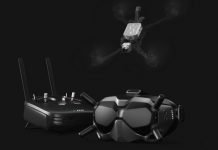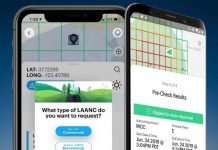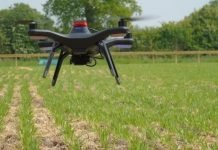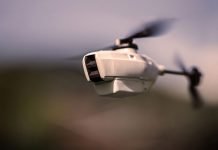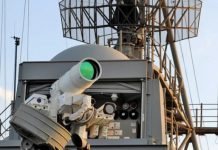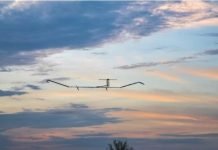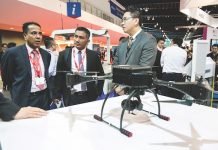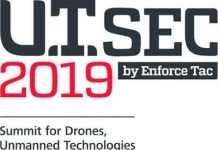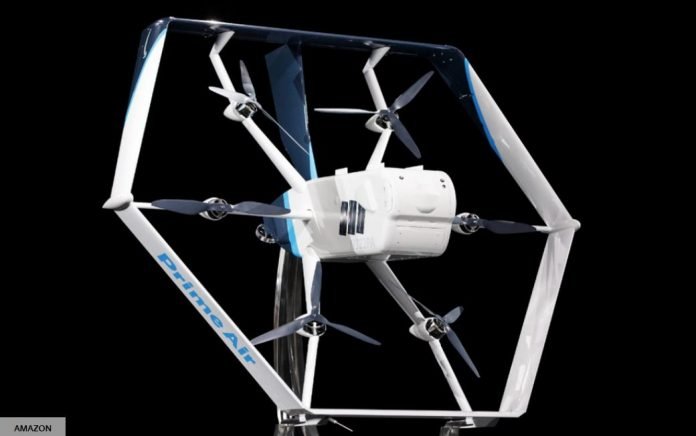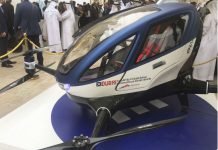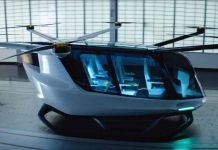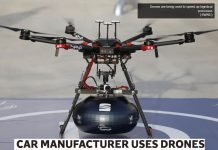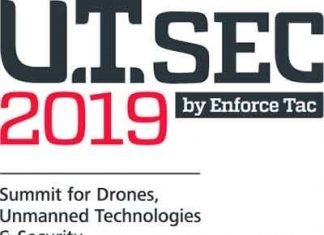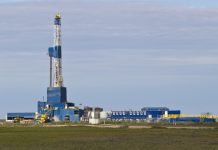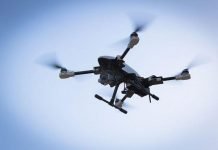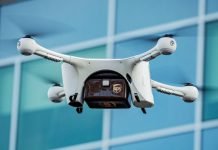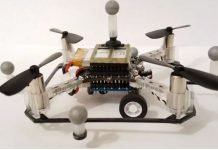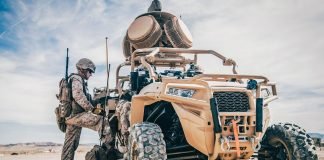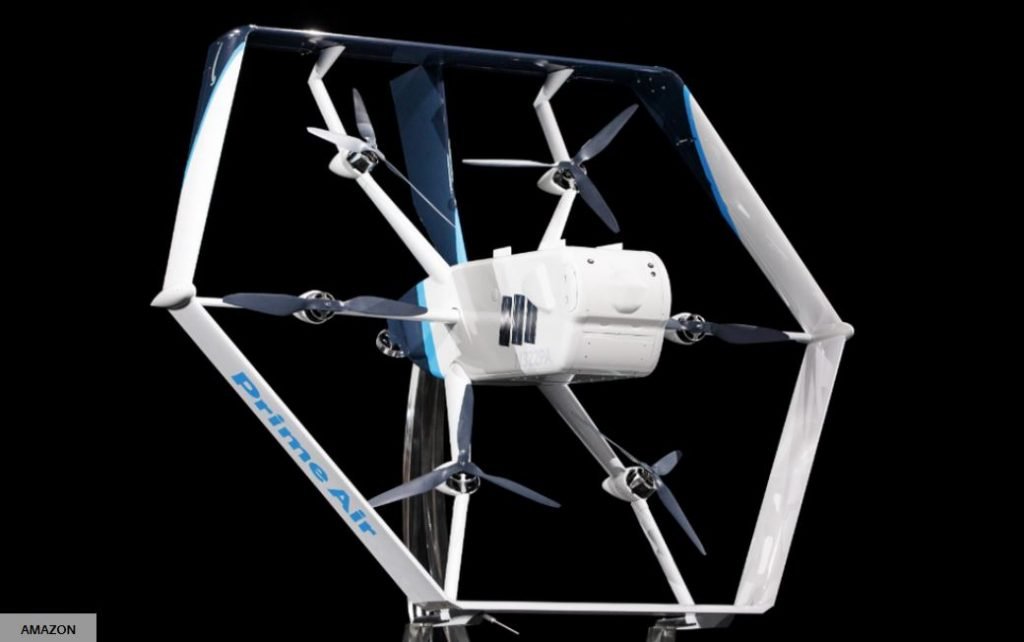
For the first time, Amazon today showed off its newest fully electric delivery drone at its first re:Mars conference in Las Vegas. Chances are, it neither looks nor flies like what you’d expect from a drone. It’s an ingenious hexagonal hybrid design, though, that has very few moving parts and uses the shroud that protects its blades as its wings when it transitions from vertical, helicopter-like flight at takeoff to its airplane-like mode.
These drones, Amazon says, will start making deliveries in the coming months, though it’s not yet clear where exactly that will happen.
What’s maybe even more important, though, is that the drone is chock-full of sensors and a suite of compute modules that run a variety of machine learning models to keep the drone safe. Today’s announcement marks the first time Amazon is publicly talking about those visual, thermal and ultrasonic sensors, which it designed in-house, and how the drone’s autonomous flight systems maneuver it to its landing spot. The focus here was on building a drone that is as safe as possible and able to be independently safe. Even when it’s not connected to a network and it encounters a new situation, it’ll be able to react appropriately and safely.
When you see it fly in airplane mode, it looks a little bit like a TIE fighter, where the core holds all the sensors and navigation technology, as well as the package. The new drone can fly up to 15 miles and carry packages that weigh up to five pounds.
This new design is quite a departure from earlier models. I got a chance to see it ahead of today’s announcement and I admit that I expected a far more conventional design — more like a refined version of the last, almost sled-like, design.

Besides the cool factor of the drone, though, which is probably a bit larger than you may expect, what Amazon is really emphasizing this week is the sensor suite and safety features it developed for the drone.
Ahead of today’s announcement, I sat down with Gur Kimchi, Amazon’s VP for its Prime Air program, to talk about the progress the company has made in recent years and what makes this new drone special.
“Our sense and avoid technology is what makes the drone independently safe,” he told me. “I say independently safe because that’s in contrast to other approaches where some of the safety features are off the aircraft. In our case, they are on the aircraft.”
Kimchi also stressed that Amazon designed virtually all of the drone’s software and hardware stack in-house. “We control the aircraft technologies from the raw materials to the hardware, to software, to the structures, to the factory to the supply chain and eventually to the delivery,” he said. “And finally the aircraft itself has controls and capabilities to react to the world that are unique.”
Credits: livescience


